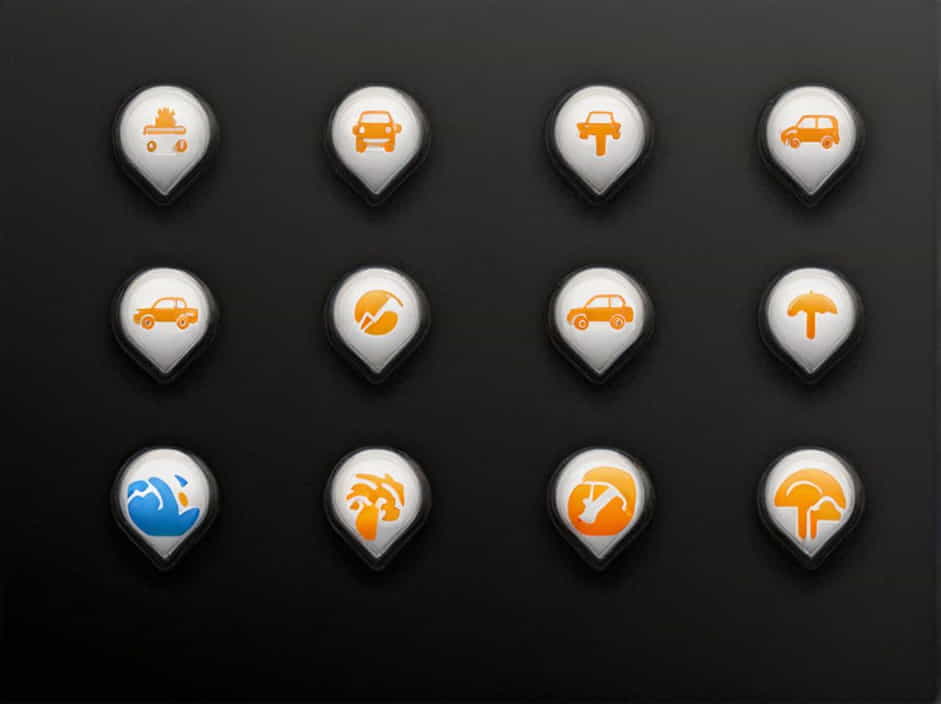Driving in the rain can be challenging and dangerous. Wet roads reduce tire traction, heavy rain limits visibility, and hydroplaning becomes a serious risk. To stay safe, it’s essential to follow proper driving techniques and take necessary precautions.
This guide will help you understand what to do when driving during a rainstorm to ensure a safer journey.
Preparing Your Car for Rainy Conditions
Before you even start driving in the rain, make sure your vehicle is in good condition.
1. Check Your Windshield Wipers
- Worn-out wipers can make visibility worse instead of better.
- Replace them if they leave streaks or fail to clear water properly.
2. Ensure Proper Tire Tread and Pressure
- Tires with low tread depth increase the risk of skidding.
- Check tire pressure regularly, as underinflated tires reduce grip on wet roads.
3. Test Your Headlights and Brake Lights
- Lights help you see and be seen by other drivers.
- Turn on your headlights, even during the day, to improve visibility.
4. Keep Your Defroster and Air Conditioning Ready
- Rain can cause windows to fog up quickly.
- Use the defroster or air conditioning to clear condensation.
Safe Driving Tips During a Rainstorm
Once you’re on the road, adjust your driving habits to match the wet conditions.
1. Slow Down and Increase Following Distance
- Wet roads reduce traction, making it harder to stop.
- Reduce your speed and leave at least 5-6 seconds of following distance behind other vehicles.
2. Turn On Your Headlights
- Many states require headlights during rain for safety.
- Never use high beams, as they reflect off rain and reduce visibility.
3. Avoid Sudden Movements
- Quick braking or sharp turns can lead to skidding.
- Drive smoothly and anticipate stops early.
4. Watch Out for Hydroplaning
Hydroplaning happens when your tires lose contact with the road due to a layer of water. Here’s how to handle it:
- Don’t panic – Stay calm and avoid sudden movements.
- Ease off the gas – Let your car slow down naturally.
- Steer gently – Avoid jerking the wheel, which can make the skid worse.
5. Stay Away from Puddles and Flooded Areas
- Driving through standing water can lead to hydroplaning or engine damage.
- If water is deep enough to reach the bottom of your car, turn around and find an alternate route.
6. Use Your Defroster to Prevent Fogging
- Foggy windows can make it impossible to see the road.
- Use the defroster or slightly crack a window for airflow.
7. Avoid Using Cruise Control
- Cruise control is dangerous in the rain because it maintains speed even when traction is lost.
- Stay in full control of your speed by using the gas and brake pedals manually.
What to Do in an Emergency?
Even with precautions, emergencies can happen. Here’s how to handle them:
1. If You Start Skidding
- Steer in the direction you want to go.
- Avoid slamming the brakes, as this can make skidding worse.
2. If Visibility Becomes Too Poor
- Find a safe place to pull over, such as a parking lot.
- Turn on hazard lights and wait until the rain eases.
3. If You Encounter Flash Flooding
- Never drive through moving water, as it can sweep your car away.
- If your car gets stuck in water, open the windows and get out if it’s safe.
Driving during a rainstorm requires extra caution, patience, and preparedness. By maintaining a slower speed, keeping a safe distance, and handling your vehicle properly, you can reduce the risk of accidents.
Always stay alert, adapt to conditions, and prioritize safety to ensure a safe trip in rainy weather.
